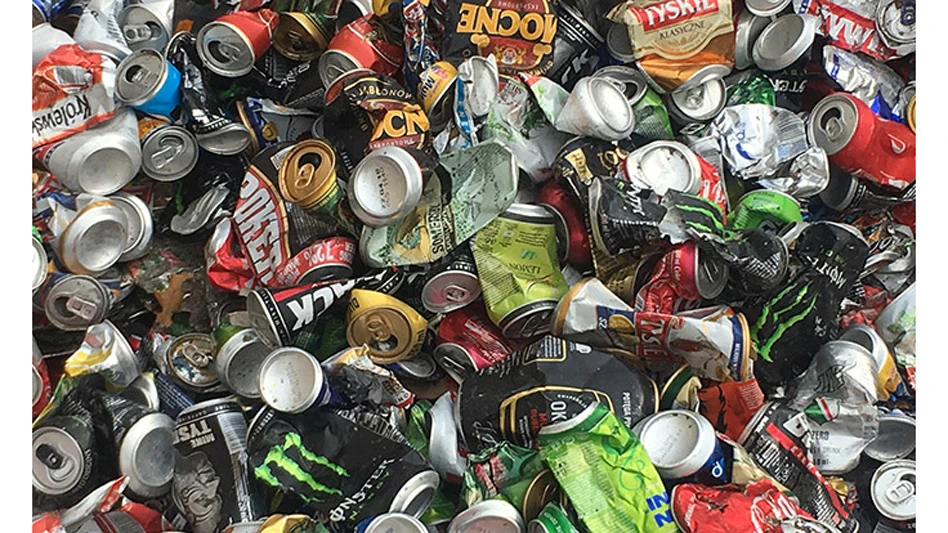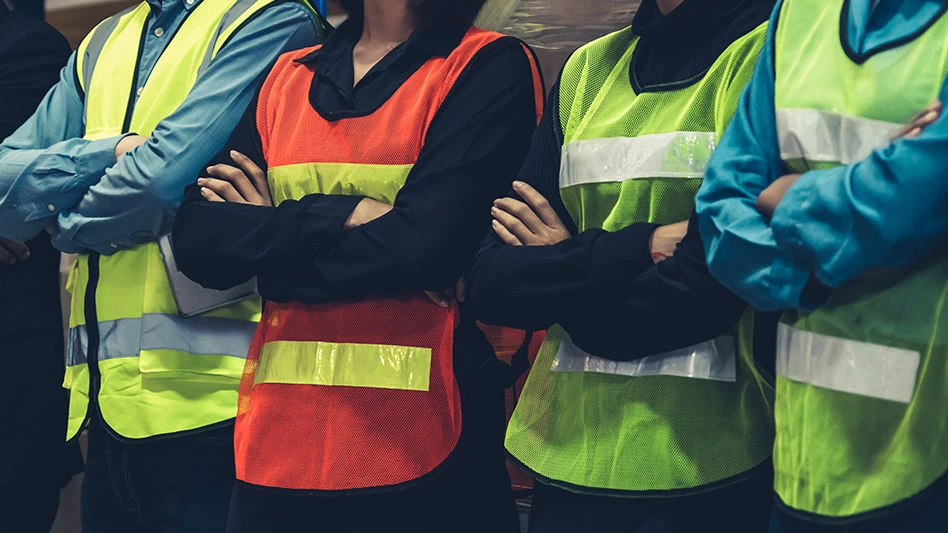A consortium of trade groups called Team Stainless has published a report titled “The Global Life Cycle of Stainless Steels” that it says summarizes the results of a study designed to quantify the global inventory and life cycle of stainless steel materials and goods.
The study cited in the report concluded that, on average, 85 percent of stainless steels are recycled once they reach their end of life. That same study, conducted in 2015 by Barbara Reck, a senior research scientist at Yale University, says the collected stainless scrap either becomes new stainless steels (56 percent of it) or is used in melts to make carbon steel (29 percent).
The level of recycled content in stainless steels globally averages 44 percent, according to the Beck study. The average stainless steel is made with 32 percent stainless steel scrap and 12 percent carbon steel scrap, according to the 2015 research.
However, there were significant regional differences, according to Team Stainless. For example, in the United States and Europe, the average recycled content of stainless steels was 71 percent and 70 percent, respectively.
The global figure moves downward largely because of China where, in 2015, 52 percent of the world’s stainless steel was made, but it contained on average only 23 percent recycled content. “It is likely this reflects the fact that the availability of stainless steel scrap in China is lower because most in-use stainless steels have not yet reached their end of life,” states Team Stainless.
The 2015 study also analyzed end-use sector-specific end-of-life flows. Household appliances and electronics and metal goods had an 80 percent end-of-life collection rate, while building and infrastructure materials had an 85 percent recycling rate and transportation and industrial machinery was collected and recycled at a 90 percent rate.
“As the focus on sustainability intensifies, there is an increasing need to quantify the material life cycle of stainless steels and their efficiencies from production to fabrication, manufacturing, use, recycling and disposal,” says Kai Hasenclever, director of economics and statistics and long products for the Brussels-based international Stainless Steel Forum (ISSF). He also served as project leader of the new Team Stainless four-page report summary project.
“This latest study into stainless steel stocks and flow cycles confirms its high end-of-life recyclability and, in the majority of regions, its high recycled content,” adds Hasenclever. “This, coupled with stainless steel’s durability and longevity, clearly demonstrates its credentials as a sustainable material of choice.”
ISSF is joined on Team Stainless by Brussels-based Eurofer; the Paris-based International Chromium Development Association; the London-based International Molybdenum Association; the Lisbon-based International Nickel Study Group; and the Toronto-based Nickel Institute.
Latest from Recycling Today
- ReMA urges open intra-North American scrap trade
- Axium awarded by regional organization
- China to introduce steel export quotas
- Thyssenkrupp idles capacity in Europe
- Phoenix Technologies closes Ohio rPET facility
- EPA selects 2 governments in Pennsylvania to receive recycling, waste grants
- NWRA Florida Chapter announces 2025 Legislative Champion Awards
- Goldman Sachs Research: Copper prices to decline in 2026





